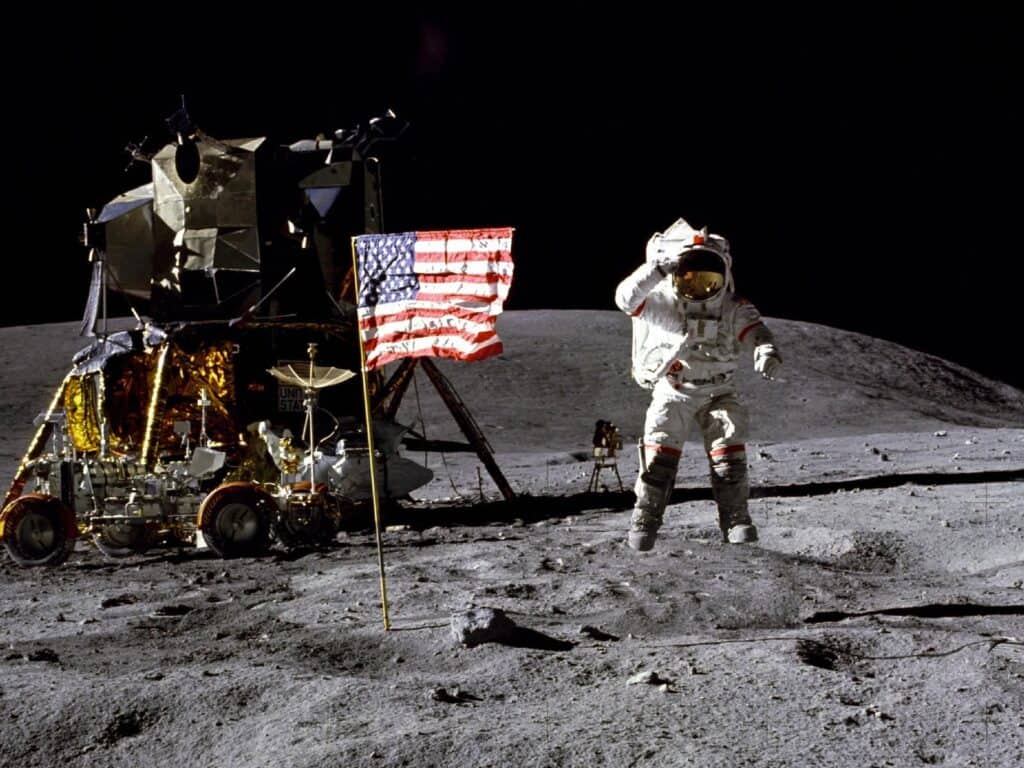The dawn of the 21st century marked the beginning of a remarkable era in the realm of space exploration, one that has pushed the frontiers of human understanding and extended our grasp into the vast cosmos. These missions, dedicated to unraveling the enigmas of far-flung celestial bodies and the quest for extraterrestrial life, have not only enthralled the collective imagination of our global community but have also substantially enriched our comprehension of the cosmos. In this article, we will take a journey through five exceptionally outstanding space explorations of the twenty-first century and address the impact of popularizing science on its development.
1. Mars Rovers – Spirit, Opportunity, and Curiosity
Mars has long been a target of fascination for scientists and space enthusiasts alike. The trio of Mars rovers – Spirit, Opportunity, and Curiosity – have played pivotal roles in unraveling the Red Planet’s mysteries. Spirit and Opportunity, launched in 2003, exceeded their planned mission lifetimes and made groundbreaking discoveries. Curiosity, which landed in 2012, is a mobile science laboratory, designed to investigate Mars’s past and present habitability. These rovers have revolutionized our understanding of Mars, revealing its watery past and laying the groundwork for future human missions.
2. New Horizons – Pluto and Beyond
In 2015, NASA‘s New Horizons spacecraft made history by becoming the first mission to fly by Pluto, revealing this dwarf planet’s stunning geological diversity and icy heart. Beyond Pluto, New Horizons continues its journey into the Kuiper Belt, providing valuable insights into the distant reaches of our solar system. This mission showcases the boundless potential of space exploration and the thrill of discovering the unknown.
3. Cassini-Huygens – Saturn and Titan
The Cassini-Huygens mission, a collaboration between NASA and the European Space Agency (ESA), was a triumph of interplanetary exploration. Launched in 1997 and arriving at Saturn in 2004, the Cassini spacecraft provided breathtaking images of Saturn’s rings and its intriguing moons. Huygens, the mission’s lander, descended to the surface of Saturn’s moon Titan, a world with lakes of liquid methane and ethane. Cassini’s remarkable discoveries, including the presence of liquid water on Enceladus and the complex chemistry of Titan’s atmosphere, reshaped our understanding of these distant worlds.
4. Kepler Space Telescope – Exoplanet Hunter
The Kepler Space Telescope, launched in 2009, had a singular mission: to search for exoplanets, planets orbiting distant stars. Over its nine-year mission, Kepler discovered thousands of exoplanets, many of which are in the habitable zone, where conditions could support life. Kepler’s findings have transformed our perspective on the potential for life beyond Earth and the prevalence of other habitable worlds in our galaxy.
5. Perseverance Rover and the Search for Ancient Life on Mars
Launched in 2020, NASA’s Perseverance rover represents the latest chapter in the ongoing exploration of Mars. Its primary mission is to search for signs of past microbial life and collect samples of Martian soil and rocks for future return to Earth. Perseverance is also testing technologies essential for future human missions to Mars, including the Ingenuity helicopter, which demonstrated powered flight on another planet.
Space is not just for professionals
In recent years, aerospace themes have not only been popularized through scientific missions but have also permeated popular culture, including cinema, music, and video games. Blockbuster films like “Interstellar,” “Gravity,” and “The Martian” have brought space exploration to the forefront of cinematic storytelling, capturing the imaginations of millions and fostering a deeper appreciation for the challenges and wonders of the cosmos. In the realm of music, artists like David Bowie, with his iconic “Space Oddity,” and Muse, with their space-themed albums, have created celestial soundscapes that resonate with space enthusiasts worldwide, turning space exploration into a source of inspiration.
Moreover, the influence of aerospace themes extends to video and online games, where titles like Mass Effect, Star Wars: Squadrons, Kerbal Space Program, Mars Horizon, JetX, available at https://jetxjetix.games/en/, Aviator and many others allow players to embark on epic aerospace adventures and immerse themselves in the complexities of interstellar exploration and combat. These immersive experiences not only entertain but also educate players about the vastness and mysteries of space, making them more receptive to real-life space endeavors.
Due to the widespread enthusiasm for aerospace, a new generation of amateur astronomers has emerged, playing an integral role in promoting space exploration and uncovering celestial wonders. With the increasing accessibility of telescopes and cutting-edge imaging technology, these passionate stargazers have left an indelible mark on our comprehension of the cosmos. Their vigilant scrutiny of comets, asteroids, supernovae, and variable stars has significantly expanded our cosmic understanding, even leading to the revelation of previously hidden celestial entities. Their unwavering commitment and fervor emphasize that space exploration is not exclusive to professionals but a shared human enterprise, accessible and enriching for individuals from all walks of life. In the 21st century, the convergence of scientific missions, popular culture, and the relentless dedication of amateur astronomers has woven a vibrant tapestry of exploration, continuously inspiring and enlightening us about the boundless universe beyond our terrestrial realm.
